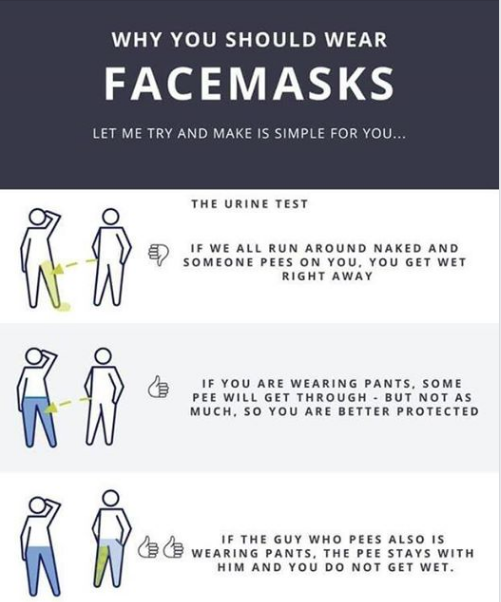More idiots learning the hard way.....
<cite class="el-editorial-source"></cite>
If you've been in contact with your state lawmaker in Mississippi, you may want to get a coronavirus test.About one in six state lawmakers have tested positive for the coronavirus, according to Dr. Thomas Dobbs of the Mississippi Health Department.
For weeks, politicians flouted mask recommendations inside the state Capitol. Twenty-six state legislators have now tested positive for Covid-19, including Lt. Gov. Delbert Hosemann and State House Speaker Philip Gunn. Neither man wore a mask at a bill signing at the governor's mansion last week.
https://www.cnn.com/2020/07/10/us/mississippi-coronavirus-legislature-trnd/index.html
<cite class="el-editorial-source"></cite>
If you've been in contact with your state lawmaker in Mississippi, you may want to get a coronavirus test.About one in six state lawmakers have tested positive for the coronavirus, according to Dr. Thomas Dobbs of the Mississippi Health Department.
For weeks, politicians flouted mask recommendations inside the state Capitol. Twenty-six state legislators have now tested positive for Covid-19, including Lt. Gov. Delbert Hosemann and State House Speaker Philip Gunn. Neither man wore a mask at a bill signing at the governor's mansion last week.
https://www.cnn.com/2020/07/10/us/mississippi-coronavirus-legislature-trnd/index.html







